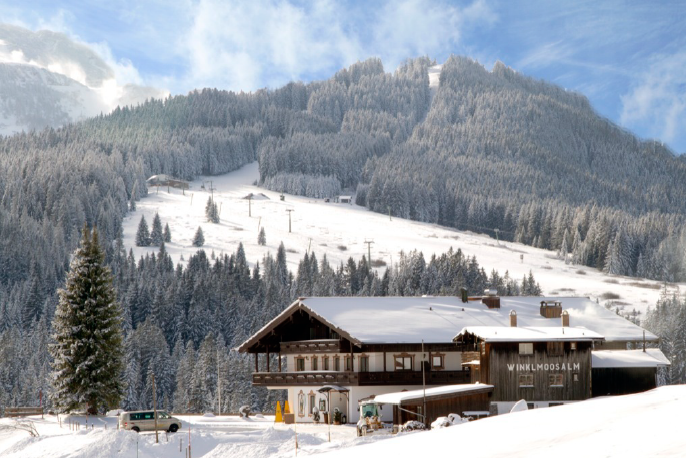Speaker
Description
In solid state physics, the electronic structure is often explained by examples of periodic systems. In reality, quasicrystals of metallic alloys with aperiodic atomic structure are well-known, whereas their valence electronic structure is still under debate [1]. Moreover, only very recently their unoccupied electronic structure has been studied [2]. In this contribution, we present angle-resolved photoelectron spectroscopy on the occupied and unoccupied electronic structure of a two-dimensional oxide quasicrystal (OQC), which is formed by the rewetting process of barium titanate on Pt(111) [3,4].
The occupied valence bands are investigated by the momentum microscope with He I excitation, and the photoelectron distribution over the whole hemisphere above the surface is mapped [5]. We decompose the energy-dependent photoelectron patterns according to symmetry considerations. As a results, clear dispersion of the oxygen 2p bands with a bandwidth of more than 0.5 eV at 5.2 eV below the Fermi level can be identified. Moreover, localized oxygen 2p states are observed at around 4 and 6 eV below the Fermi level, which are comparable to the O non-bonding and the Ti-O dpσ bands in bulk, respectively [6].
As preliminary studies on the unoccupied electronic states and their femtosecond dynamics, two-photon photoemission spectroscopy using a megahertz fiber laser system is performed. With a pump and probe photon energy of around 3.9 and 1.7 eV, the n=1 and 2 image potential states on OQC are identified at around 3.5 and 3.6 eV above the Fermi level.
[1] V. A. Rogalev, O. Gröning, R. Widmer, J. H. Dil, F. Bisti, L. L. Lev, T. Schmitt, and V. N. Strocov, Nat. Comm. 6, 8607 (2015).
[2] M. Maniraj, A. Rai, S. R. Barman, M. Krajčí, D. L. Schlagel, T. A. Lograsso, K. Horn, Phys. Rev. B 90,115407 (2014).
[3] S. Förster, K. Meinel, R. Hammer, M. Trautmann, and W. Widdra, Nature 502, 215 (2013).
[4] S. Förster, J. I. Flege, E. M. Zollner, F. O. Schumann, R. Hammer, A. Bayat, K.-M. Schindler, J. Falta, and W. Widdra, Ann. Phys. 529, 1600250 (2017).
[5] C. Tusche, A. Krasyuk, and J. Kirschner, Ultramicroscopy 159, 520 (2015).
[6] S. Robey, L. Hudson, V. Henrich, C. Eylem, and B. Eichhorn, J. Phys. Chem. Solids 57, 1385 (1996).

